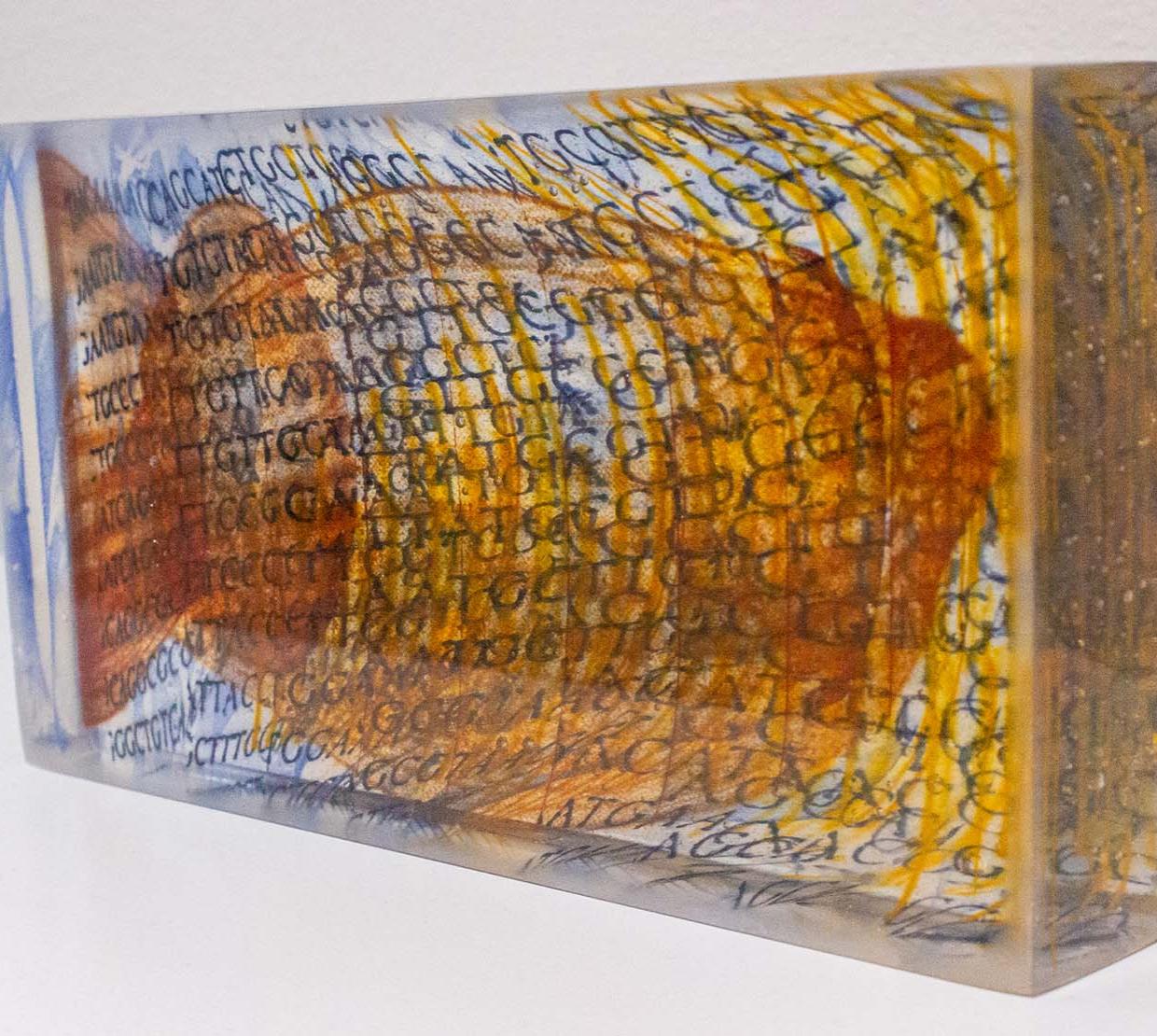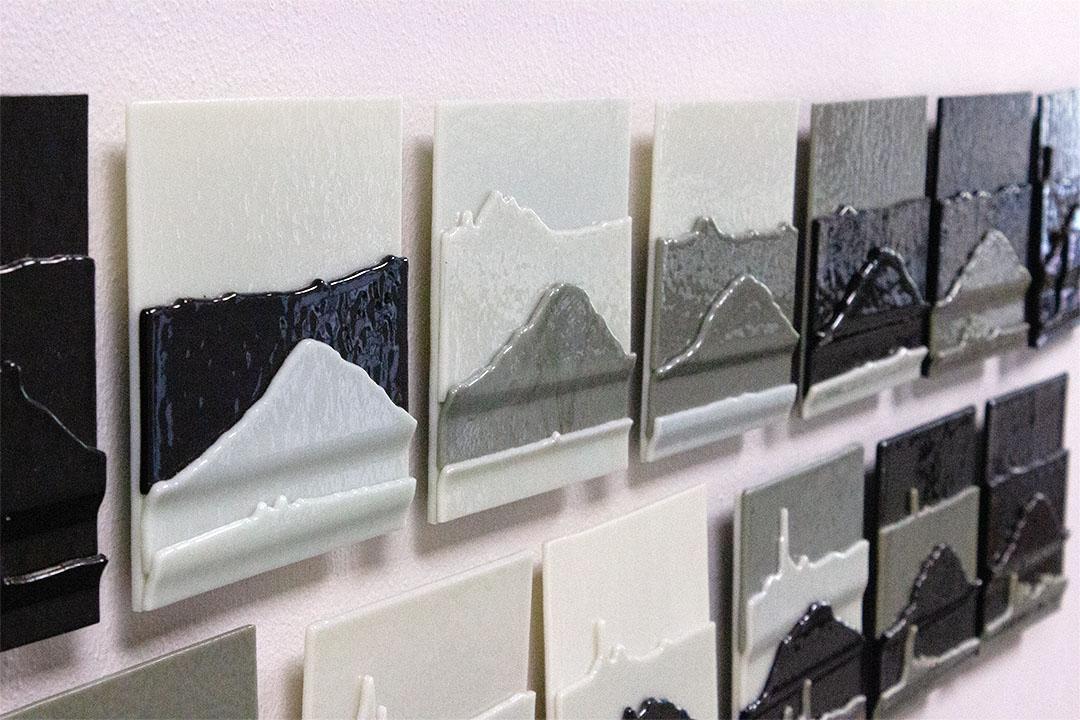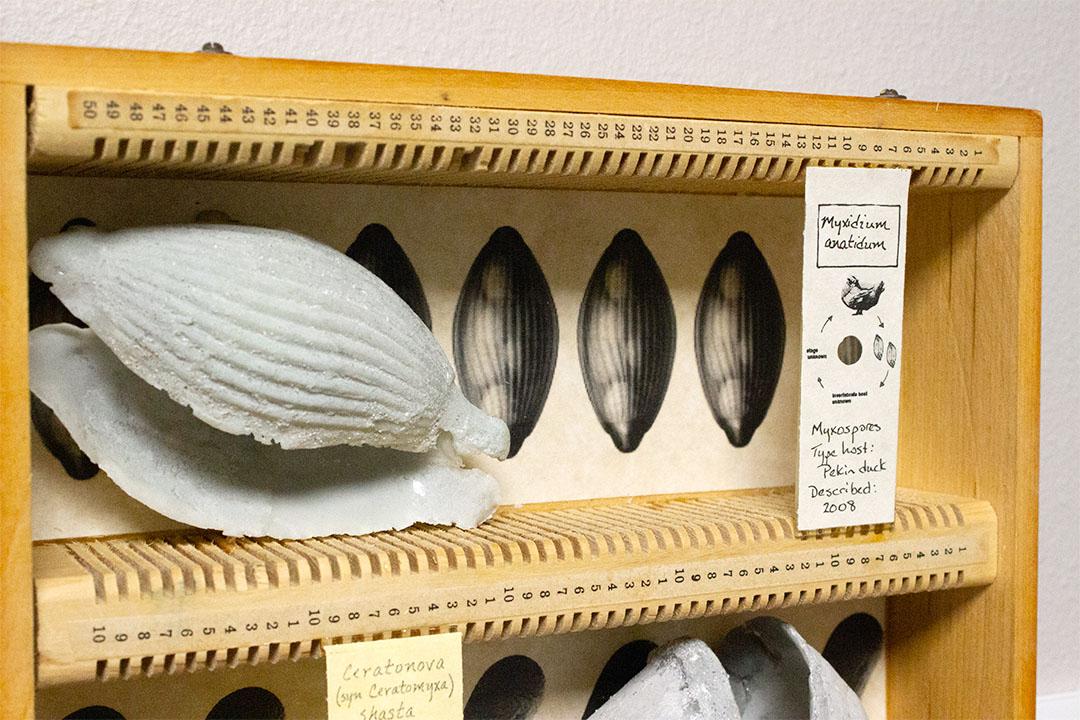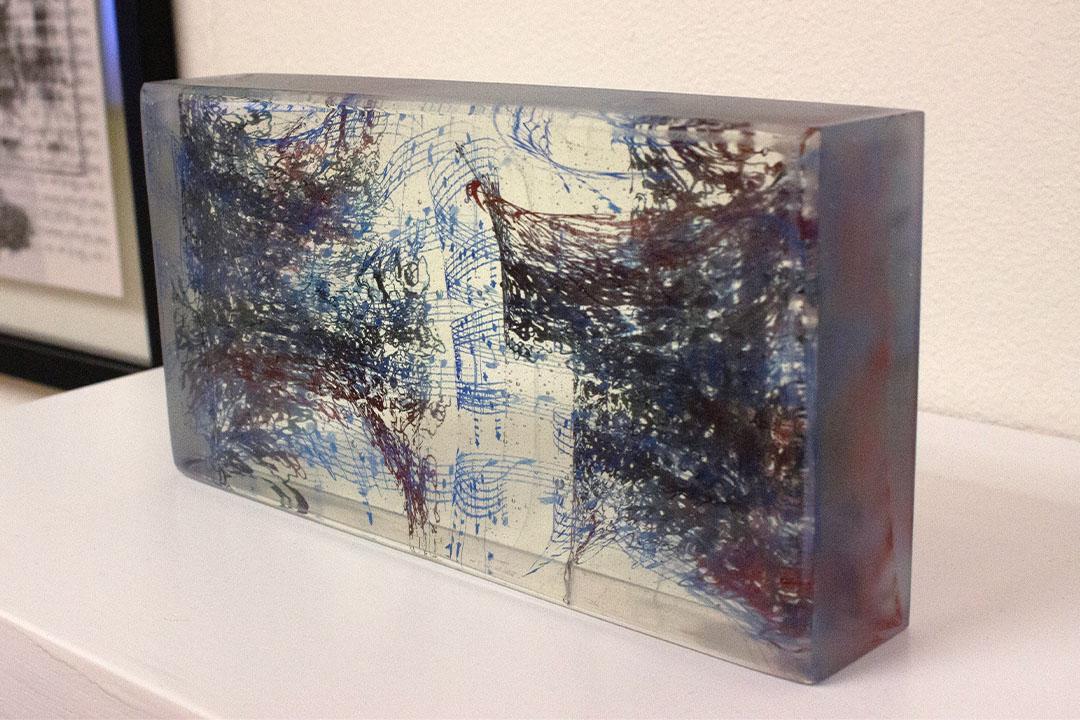Knowledge is only as good as our ability to share it, and innovative science requires innovative communication strategies. Some of our students and faculty have danced their Ph.D. research, been featured in documentary films and created board games about ocean microbe ecology. The College of Science is full of creative researchers who explore how different media can help tell the stories they care about, convey the relevance of science to the public and foster engagement from diverse audiences.
Microbiologist Jerri Bartholomew epitomizes what it means to be a scientist-artist. For the last 25 years, the director of the J.L. Fryer Aquatic Animal Health Laboratory has created glass art inspired by her research on parasites that live in salmonids — fish within the salmon family.
“As a microbiologist and artist, I am fascinated by what occurs at the intersection between these disciplines,” said Bartholomew. “I use glass as a medium to express the beauty of the natural world I study, and through collaborations with other artists and scientists, I explore ways to encourage that curiosity and wonder in others.”
A new curation of Bartholomew’s work is on exhibition in The Little Gallery in Kidder Hall from March 7 to April 8, 2022. “Abstracted: Where Science Meets Art and Music” contrasts the scientific abstract with the artistic concept of abstraction. Collaboration with faculty from the College of Liberal Arts made this rich, dynamic show possible: Dr. Jason Fick, assistant professor and coordinator of music technology; Andrew Myers, instructor of fine arts, and Dr. Dana Reason, assistant professor of music. Bartholomew’s previous interdisciplinary collaborations have been covered by SciArt Magazine and MIT News.







